Test Drive of Porsche 911 GT3 (991.2) PDK|Differences from the MT Model and PCCB vs. Standard Brakes
公開日:2021.02.22
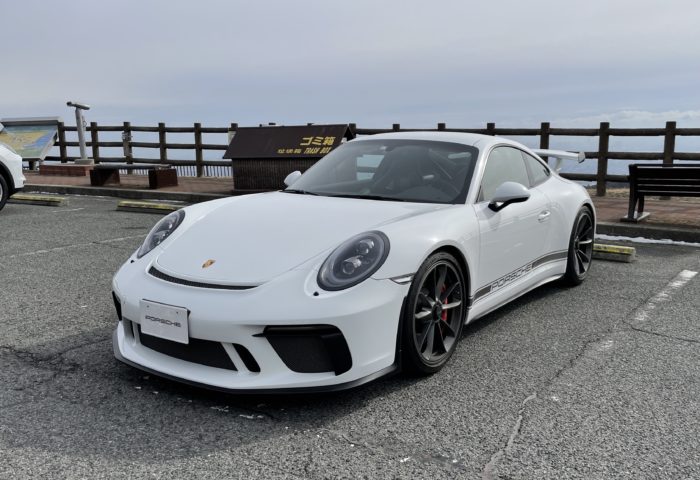
My husband had the chance to test drive the 911 GT3 PDK (991 later model) and wrote a report about it. Please take a look if you’re interested.
Porsche 911 GT3 (991.2) PDK
Since buying a Porsche, my circle of car friends has grown significantly. I’ve never been one for group activities and usually only interact with a small number of friends, but through Porsche, my network has expanded in a fascinating way.
Sharing a common passion naturally sparks conversation and quickly brings people closer together.
Among them is another GT3 owner. His GT3 is also a 991 later model with a wing, equipped with the Clubsport Package. It’s a PDK version with standard cast iron brakes, and the Clubsport Package includes a roll cage in the rear, which is a major distinguishing feature.
I had the opportunity to drive his GT3 this time, so I’d like to share my impressions focusing on the differences from my Touring Package.
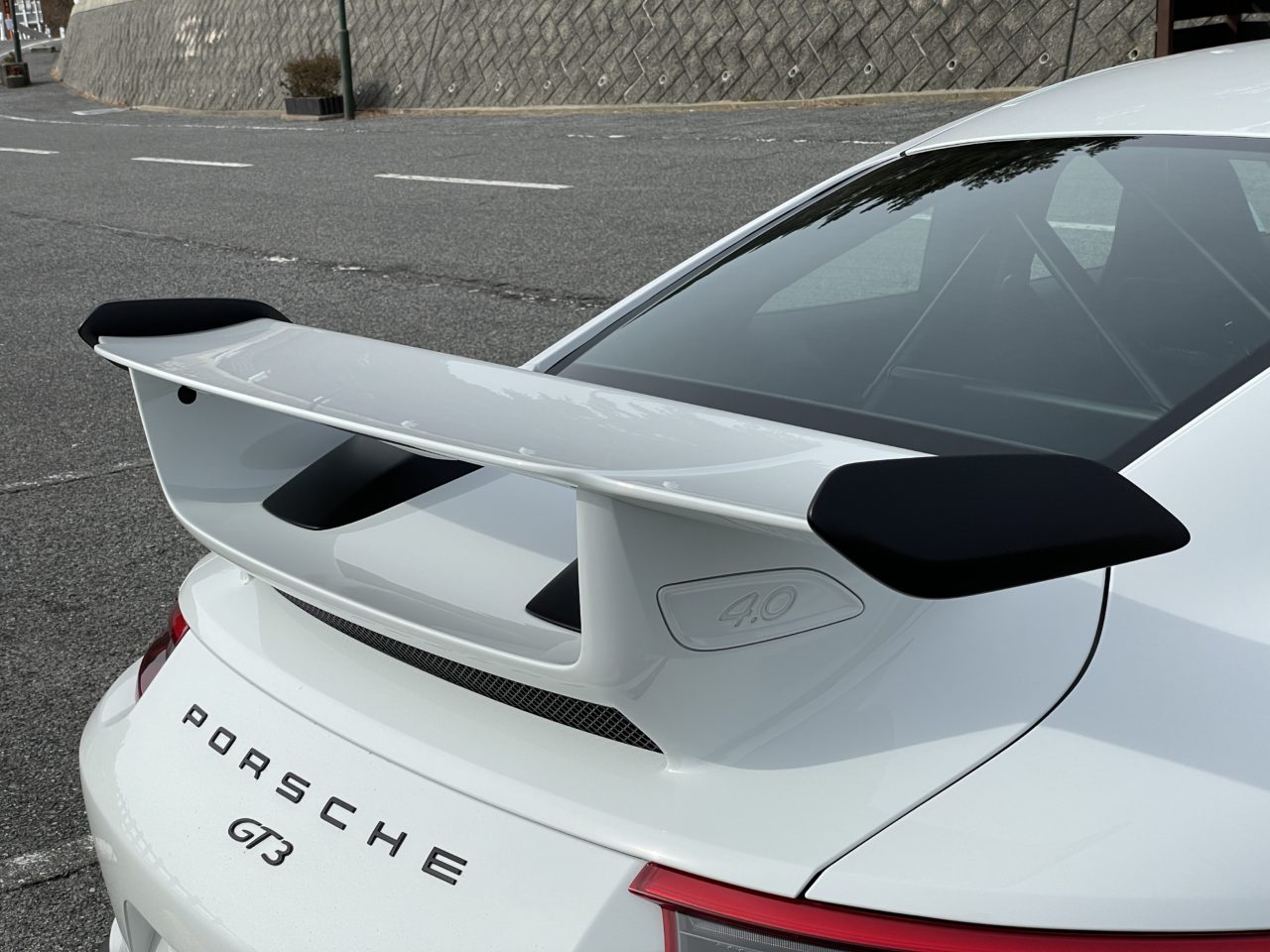
GT3 Manual Transmission (MT) vs. PDK
I’ve said it many times before, but I truly believe Porsche’s GT3 PDK is the world’s best sports transmission. Having experienced transmissions in various high-end sports cars and supercars, I still haven’t found one better than Porsche’s PDK.
It offers overwhelmingly fast shift response, minimal shock, and the sound and feel during gear changes are simply superb.
I’ve driven the PDK version of the 991 early model GT3 before, and this PDK is just incredible. The shift response is unbelievably quick. Since there’s no creep at startup, you need to give the accelerator a little rev, but once you’re moving in D mode, it feels just like a regular automatic.
I tried driving the usual course on the Royu Driveway where I normally take my GT3 Touring Package, and the automatic is definitely easier. Plus, being able to focus all your attention on handling is incredibly enjoyable. I own both 992 and 964 models with automatics, so I thought I understood the benefits of AT, but comparing it with the exact same GT3 model gave me a fresh new perspective.
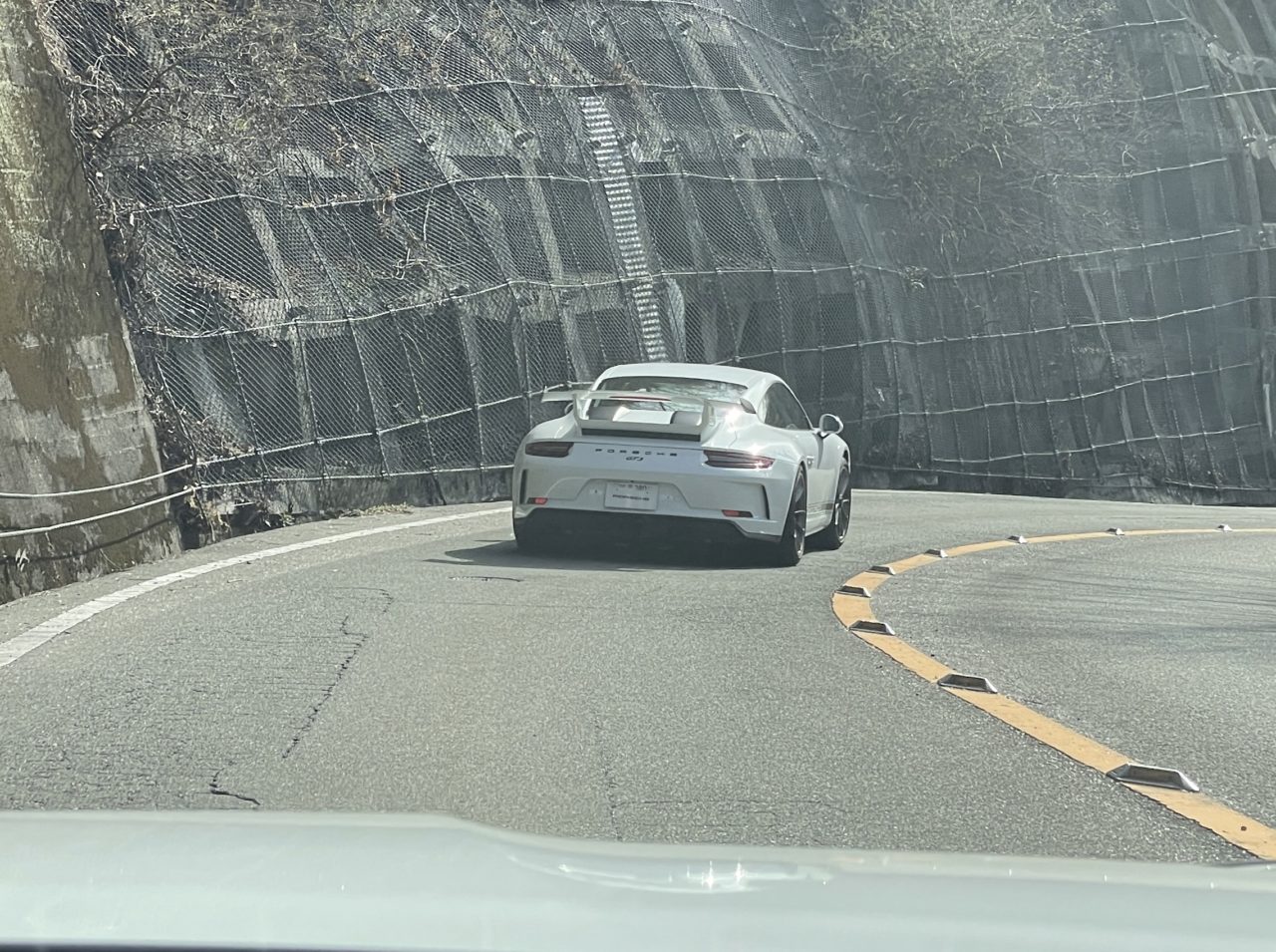
Driving the same car with the same engine and suspension on the same course, the differences between PDK and MT become very clear. With the MT, you operate the clutch and shift while steering, syncing with the car’s rhythm. That’s fun in its own way, but with the PDK, the driver can focus solely on handling.
The car takes care of everything else smoothly.
This lets you notice suspension behavior that’s harder to detect in the MT. Since you have to shift with one hand on the MT, there are times you’re driving one-handed, but with the PDK, you can firmly grip the steering wheel with both hands.
This difference is actually huge, and the amount of information you get from the road surface, suspension and tire feel, and the correlation between tire direction and body orientation feels much greater with the PDK.
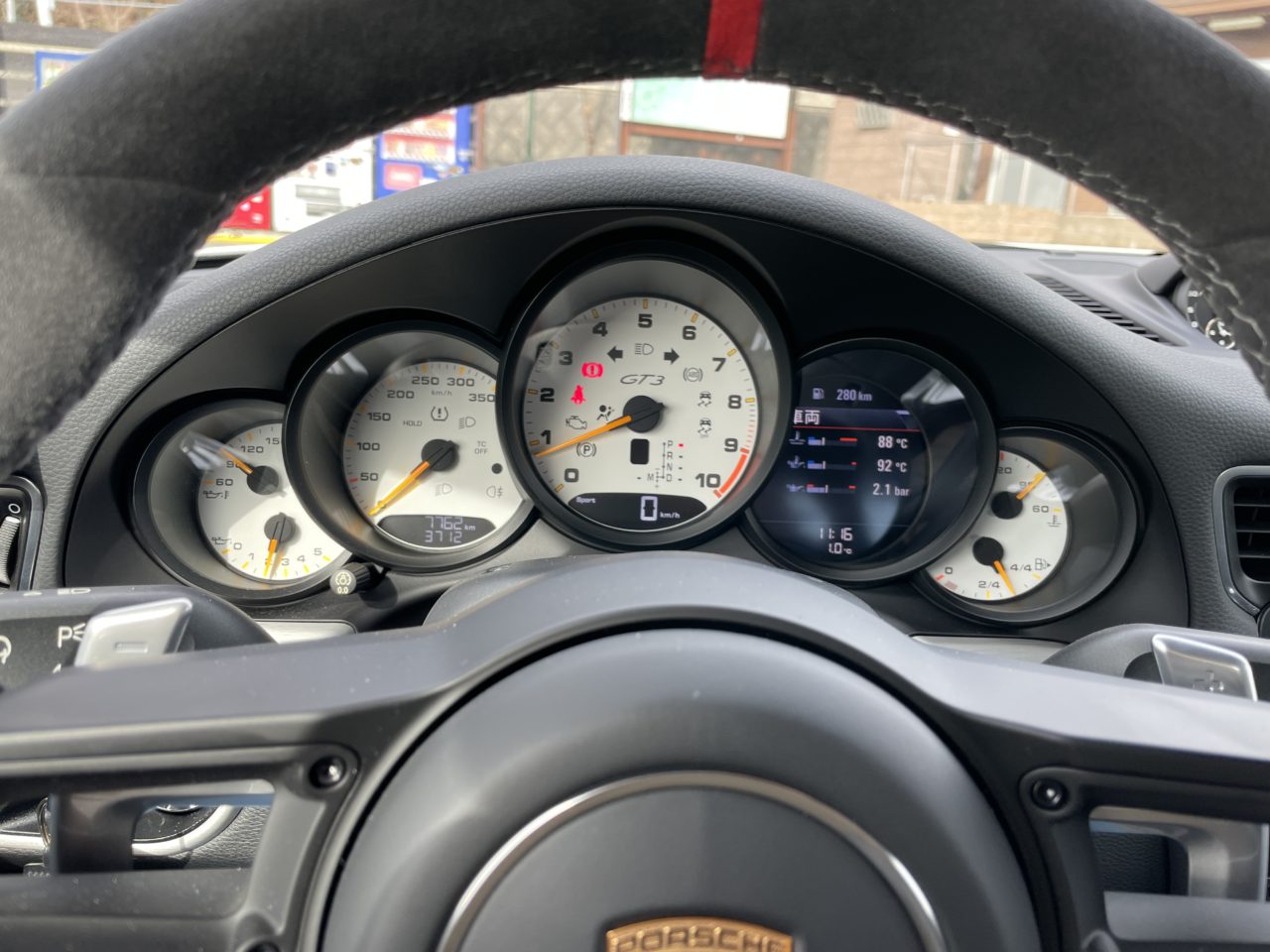
Because of this, you can fully savor the GT3’s extraordinary handling characteristics. I already knew the steering feel was excellent, but it felt even better than when driving my own car. Moreover, with 100% two-handed control, you can steer more precisely and control the car more delicately.
This is a major advantage of the PDK, in my opinion.
Differences Between PCCB and Standard Brakes
Next, I’d like to report on the differences in brakes. First of all, PCCB clearly outperforms in braking power. The standard GT3 brakes are already incredibly effective, but PCCB’s pads have a higher friction coefficient and grip more firmly, requiring even less pedal effort.
Another feature of PCCB is its lightness. PCCB discs are said to be over 50% lighter than standard cast iron discs. There’s even a theory that reducing unsprung weight by 1 kg is equivalent to reducing sprung weight by 10 to 15 kg, which greatly affects driving performance and ride comfort.

Riding the GT3 with standard brakes this time, I didn’t feel the ride was uncomfortable. However, there is definitely a difference. Especially when going over larger bumps at low speed, even the PCCB-equipped GT3’s suspension travel is short, so there is some vertical movement.
But that movement settles smoothly and quickly with PCCB, whereas the standard brakes tend to leave a slight bounce afterward. However, as speed increases, this difference becomes very small, and when driving at a good pace, you won’t notice any difference in ride comfort.
Now, about the ride feel. It’s hard to describe, but PCCB feels lighter, more nimble, and drier. It’s like driving on tires with higher air pressure. Acceleration and cornering feel more agile.
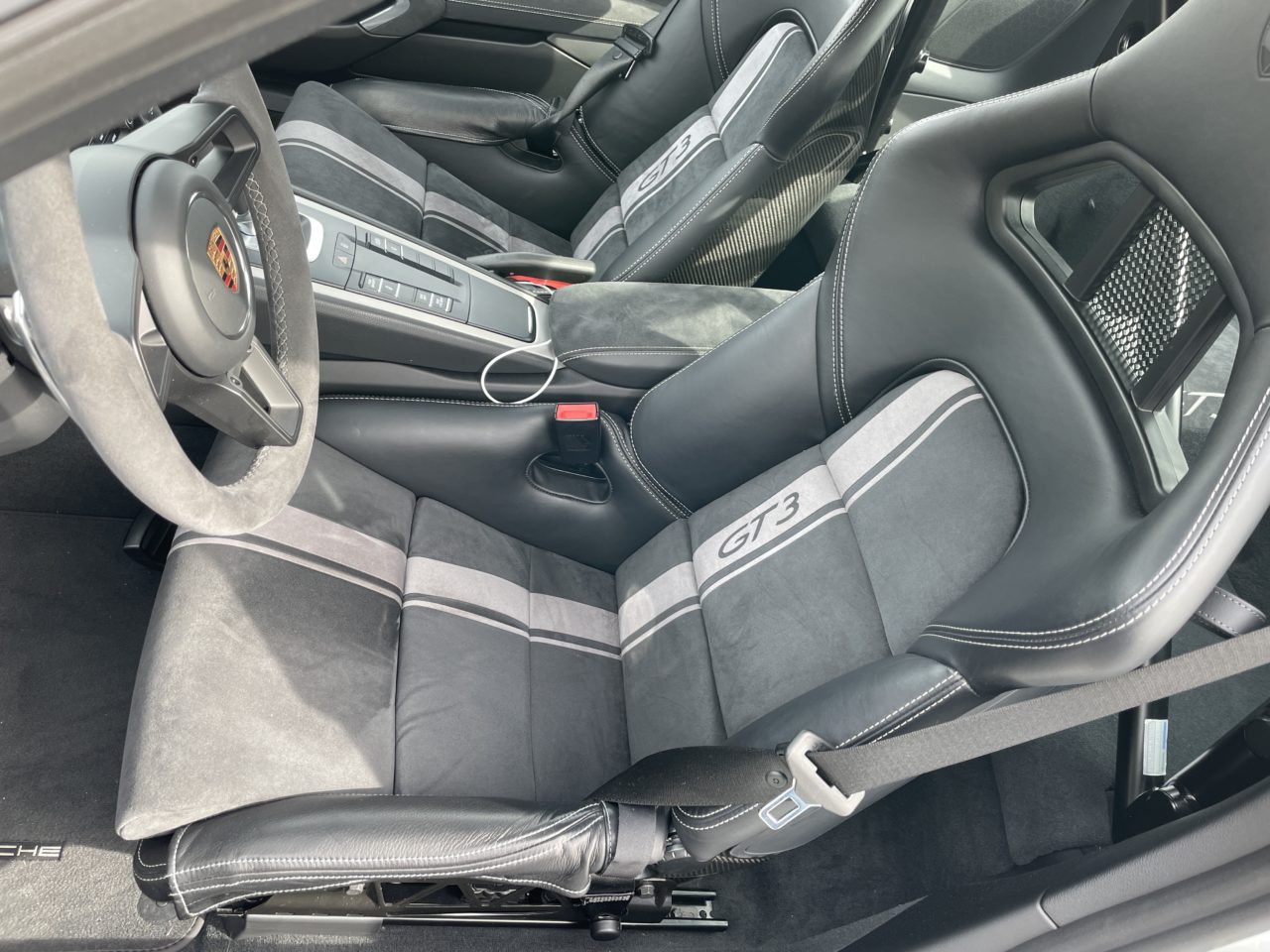
On the other hand, the standard brakes feel more composed and wetter compared to PCCB. In a way, it’s a more luxurious rolling sensation, like tires with lower air pressure that feel more firmly planted on the road.
This isn’t about which is better or worse—it’s a matter of preference. Personally, for a super sports car like the GT3, I prefer the lighter, more nimble feel, but if it were a Carrera, I might prefer the ride of the standard brakes.
Touring Package vs. Clubsport Package
First, I want to say that you can’t tell the difference between having a wing or not on public roads at all. To really notice this difference, you’d probably need to compare at very high speeds, like at Suzuka’s 130R corner.
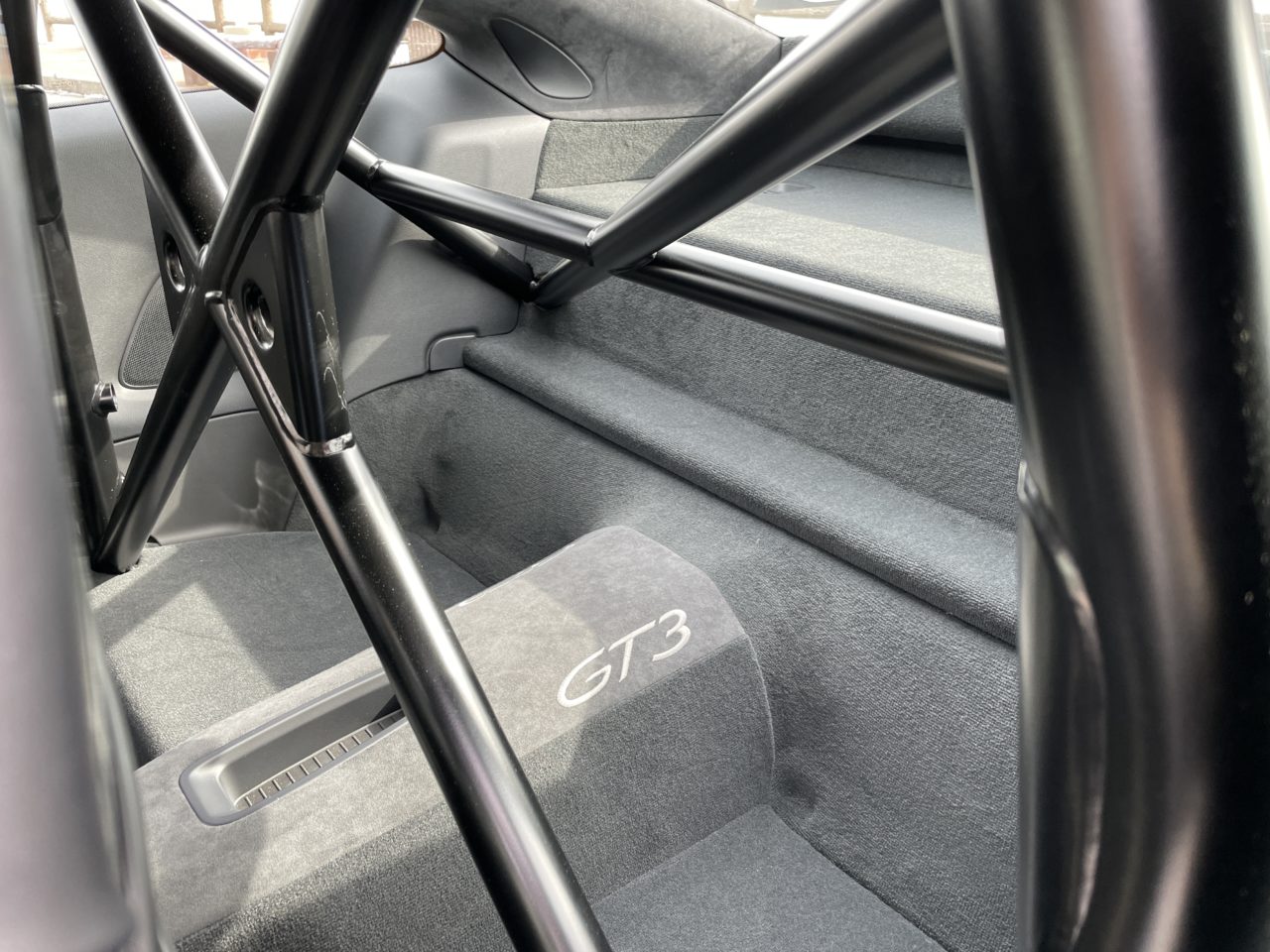
On the other hand, the difference in having a roll cage or not was immediately noticeable. When I started the engine and began driving, the car with the roll cage felt noticeably stiffer and more solid.
Actually, when I first started the test drive, I forgot the roll cage was there, but halfway through, I thought, “This body feels so firm and rigid,” and only then did I notice the roll cage in the rearview mirror.
Since the GT3 already has a very rigid body, the difference between having a roll cage or not isn’t huge, but you can definitely feel the difference in body stiffness.
That sums up my impressions on the differences between PDK and MT, PCCB and standard brakes, and Touring Package versus Clubsport Package.
For a model like the GT3, test cars are almost nonexistent, and comparing options is nearly impossible. With that in mind, I hope this article can be of some help to those considering purchasing a GT3 in the future.
このブログが気に入ったらフォローしてね!


Comment ( 0 )
Trackbacks are closed.
No comments yet.